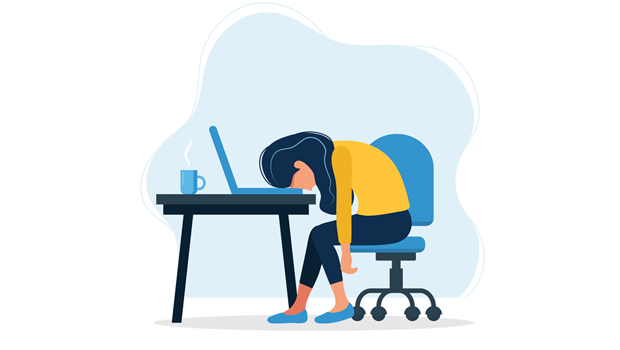When battling with burnout or block, photography can induce both negative and positive types of stress. There is the positive stress we experience when planning trips, taking shots we know are going to be “keepers” and the excitement of sharing work. There is also the negative stress where anxiety kicks in when you can’t seem to be motivated or if equipment fails etc. When in burnout the photographer can feel detached and inadequate to the point where it doesn’t become enjoyable any more. Being involved becomes stressful and you quickly lose the sense of enjoyment. The pressure to produce great work can become all-consuming and the photographer starts to doubt themselves and this can develop into something more serious. Likewise if you find you are sitting watching TV or reading a book and start thinking I should be out taking photos, this is a form of stress that can be harmful. This is of course a lot more critical for professional photographers who depend on taking photographs for a living, but dedicated amateurs also experience it.
To deal with this I have come to terms with the fact that burnout or block exists and is not exclusive to me. I have learned to say “No” if people ask me to do things I am not comfortable with just be cause I have a “good camera”. I know the hunger to get back out with the camera will come back in time. It may be a change in the weather, a new piece of kit, a new technique I saw or just by going to an exhibition. I also have other hobbies that I can absorb myself in which helps. I also try and stay away from things I feel can have a negative effect on me such as websites that just show countless images such as Instagram, 500px, Guru Shots etc. There is some great work out there but I feel at times there is too much of it, which brings me back to image fatigue.
I would estimate that I show about less than 5% of the photos I actually take. The rest are either almost-duplicates, not worth showing or technically duff. I only show what I want to show. I can remember doing this back in the days when films of holiday snaps were sent off by the chemist shop for processing. When I got my wallet of 36 prints back I would stand outside the shop and filter out the dross from the acceptable. Nobody got to see the ones I filtered out, they got destroyed. Similarly in my darkroom days, nothing came out of the darkroom unless I was happy with it. In today’s world where handing around prints is almost non-existent, we see people posting images on-line. Whenever someone posts on say Facebook or other platforms and for example “+30” appears on one of the images I don’t bother looking any further. Doing a dump of my SD card onto the internet with no selective editing or post processing is not the way I do it. I try and limit myself to posting a maximum of 6 images that I feel I want to share and present them in the way I want people to see them. I find books are a better way sometimes as the author has edited down what the content will be and produced them to be fit for the book
I can also empathise with the photographer that questioned the existence of “image fatigue”. The genre of photography that satisfies me, street/documentary photography, means that I tend to belong to groups and pages that follow this theme. I also get street/documentary images from The Royal Photographic Society mail shots and magazines. What strikes me sometimes is that if given the name of the photographer, I will have a good idea of what the photos will look like. It could be the subject and the way the subject is treated or maybe their post-processing style. There is nothing wrong with our work having a particular “look”, but to me it starts to introduce image fatigue if everything comes out of the same jelly-mould so to speak. I also see a lot of photos where the photographer has tried to copy the style of another possibly well known photographer, rather than put their own influence on what they do. I would always favour watching an original artist over a tribute act. That said, maybe my photography style would benefit from a change of style? If I did this would I be betraying my beliefs in what street photography should be in favour of conforming to the pack and maybe adding to the image fatigue I have witnessed?
As I have said before this genre of photography is not easy. It takes skill and creativity to identify and process images. If we keep taking the same type of subject all of the time and turning out similar looking often bland images then you could induce image fatigue on your audience, and even yourself. This in turn could feed “Photographer’s Block” or burnout in the photographer and the cycle starts again.
Thank you for reading this blog post. I’m sorry but I don’t include a comments or “Like/Dislike” button. If you want to contact me you can do so by using the “Contact Me” facility in the website header.
Peter Degnan
